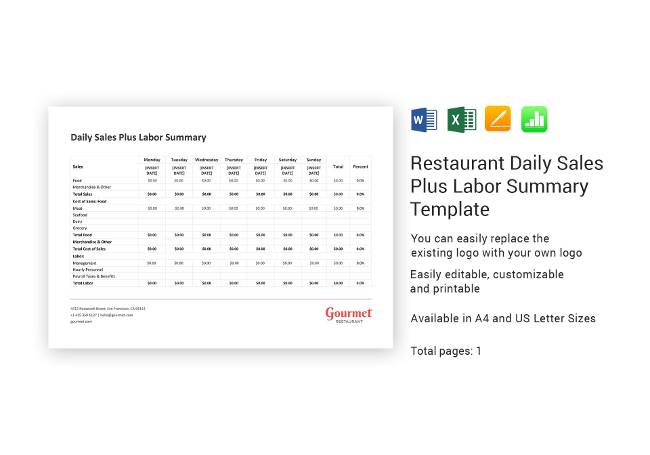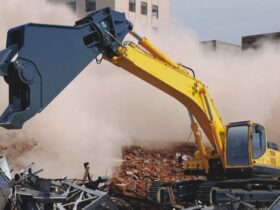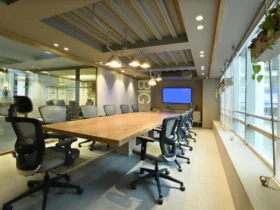Cost accounting is a critical component of managing a successful restaurant business. Understanding the cost of each dish on the menu can help restaurant owners determine the appropriate pricing for menu items and optimize the menu for profitability. In this article, we will discuss the Key Elements That Makes A Restaurant Business Successful.
Determining the Cost of Menu Items
The first step in cost accounting for menu planning is determining the cost of each menu item. This involves identifying all of the ingredients and supplies needed to prepare the dish, as well as the cost of any labor required to prepare and serve the dish.
To accurately determine the cost of menu items, restaurant owners must have a clear understanding of their inventory and purchasing practices. This includes tracking inventory levels and prices, as well as negotiating with suppliers to obtain the best prices for ingredients and supplies.
Once the cost of each menu item has been determined, restaurant owners can use this information to price menu items appropriately. Pricing menu items too high can deter customers, while pricing them too low can reduce profitability. The goal is to find the sweet spot where menu items are priced to generate the desired profit margin while remaining attractive to customers.
Optimizing the Menu for Profitability
Another key element of cost accounting for menu planning is optimizing the menu for profitability. This involves analyzing the cost and popularity of menu items and making strategic decisions to increase profitability.
On the other hand, a menu item with a high profit margin but low popularity may indicate an opportunity to increase sales by promoting the item or making changes to the recipe or presentation to make it more appealing to customers.
Managing Food Costs
Food costs are a significant expense for restaurant businesses, and managing them effectively is critical to profitability. Cost accounting can help restaurant owners identify ways to reduce food costs without sacrificing quality or customer satisfaction.
One way to manage food costs is to use portion control. By measuring and controlling the amount of each ingredient used in menu items, restaurant owners can ensure that they are not overusing expensive ingredients or wasting food.
Another way to manage food costs is to reduce waste. This can involve tracking inventory levels and using techniques such as first-in, first-out (FIFO) to ensure that ingredients are used before they expire. It can also involve finding ways to repurpose leftover ingredients or using them in daily specials.
Labor Costs
Labor costs are another significant expense for restaurant businesses, and cost accounting can help identify opportunities to reduce these costs without sacrificing quality or service.
One way to manage labor costs is to optimize staffing levels. By analyzing customer traffic patterns and adjusting staffing levels accordingly, restaurant owners can ensure that they are not overstaffing during slow periods or understaffing during busy periods.
Another way to manage labor costs is to increase employee productivity. This can involve providing training and incentives to encourage employees to work more efficiently and effectively.
Accounting needs for a restaurant business is critical. By understanding the cost of menu items and optimizing the menu for profitability, restaurant owners can increase revenue and profitability. Additionally, managing food and labor costs can help reduce expenses without sacrificing quality or customer satisfaction. By focusing on these key elements, restaurant owners can create a profitable and sustainable business.











